12 Ways Consumers Will Pay (And Be Paid) In 2020
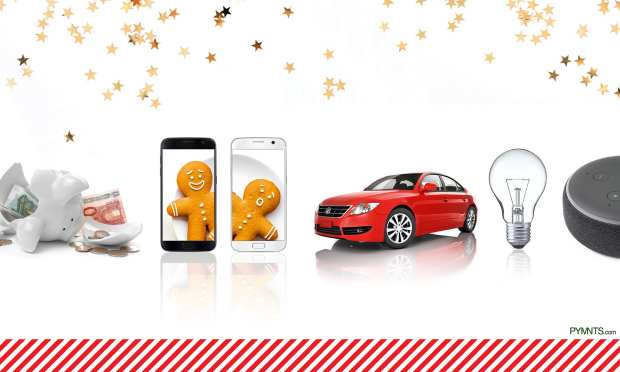
Past is prologue. For the annual holiday exercise at PYMNTS (describing the 12 main or most exciting ways to pay in 2019), it is clear that what has happened this year will have big implications for the new decade. Here are the 2019 payment trends that made the biggest splash, and promise to make even bigger splashes in the new decade.
#1: Voice — And Now, With Emotion
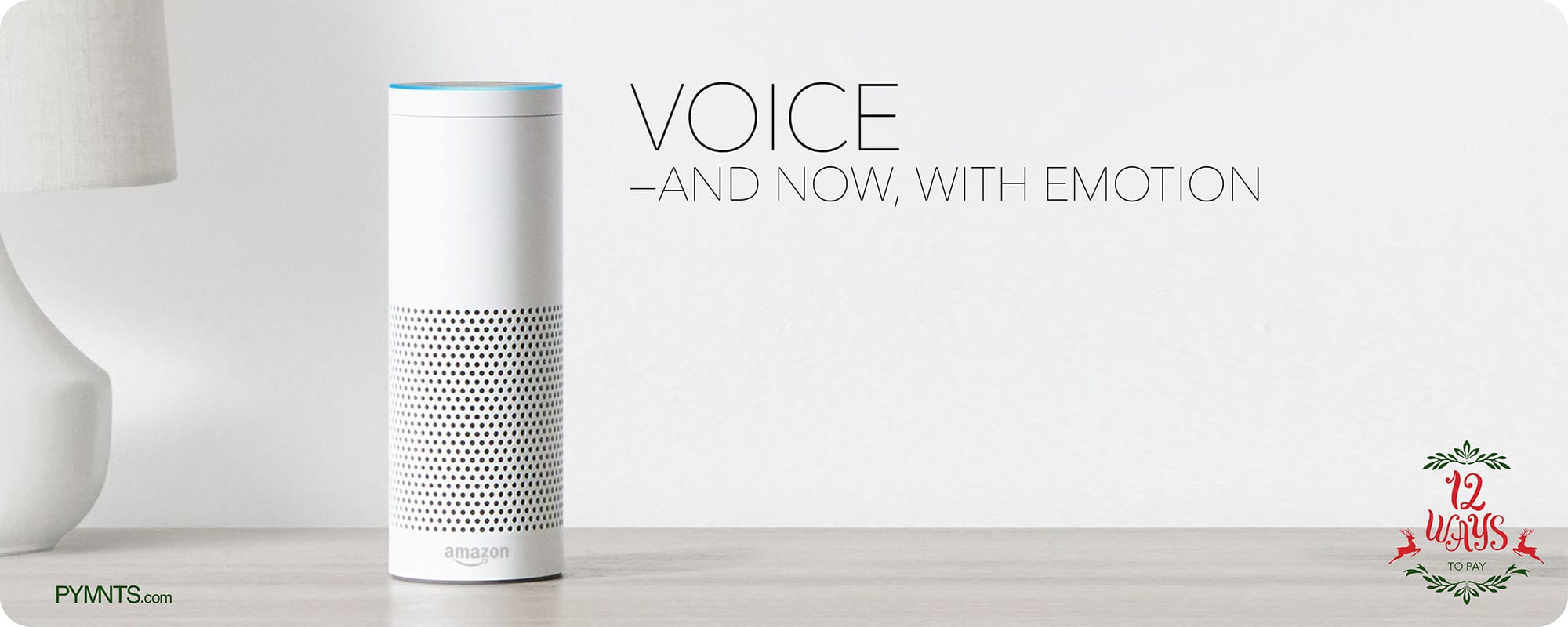 Voice is the killer app of the connected commerce experience, according to the How We Will Pay: 2019 Edition study. For the third consecutive year, the use of voice-enabled devices and assistants to enable purchasing has increased faster than any other type of connected commerce. About 31 percent of consumers now own voice-activated devices, up from 27 percent in 2018 and 14 percent in 2017. By comparison, ownership of smart TVs has increased just 5 percent, and ownership of connected cars has increased 3 percent since 2018. The rise of voice is the big factor behind the rise of smart homes, where consumers are doing more commerce and payments.
Voice is the killer app of the connected commerce experience, according to the How We Will Pay: 2019 Edition study. For the third consecutive year, the use of voice-enabled devices and assistants to enable purchasing has increased faster than any other type of connected commerce. About 31 percent of consumers now own voice-activated devices, up from 27 percent in 2018 and 14 percent in 2017. By comparison, ownership of smart TVs has increased just 5 percent, and ownership of connected cars has increased 3 percent since 2018. The rise of voice is the big factor behind the rise of smart homes, where consumers are doing more commerce and payments.
That’s not all — voice is becoming more emotionally attuned to consumers. As in so many things with payments and commerce, Amazon is among the leaders here. On Nov. 26, the eCommerce operator — via its Alexa Skills Kit Blog — announced the debut of “two new Alexa capabilities that will help create a more natural and intuitive voice experience for your customers.”
What that means, according to Amazon, is that Alexa users “can enable Alexa to respond with either a happy/excited or a disappointed/empathetic tone in the U.S. Emotional responses are particularly relevant to skills in the gaming and sports categories. Additionally, you can have Alexa respond in a speaking style that is more suited for a specific type of content, starting with news and music.”
#2: Via More Connected Devices In Homes
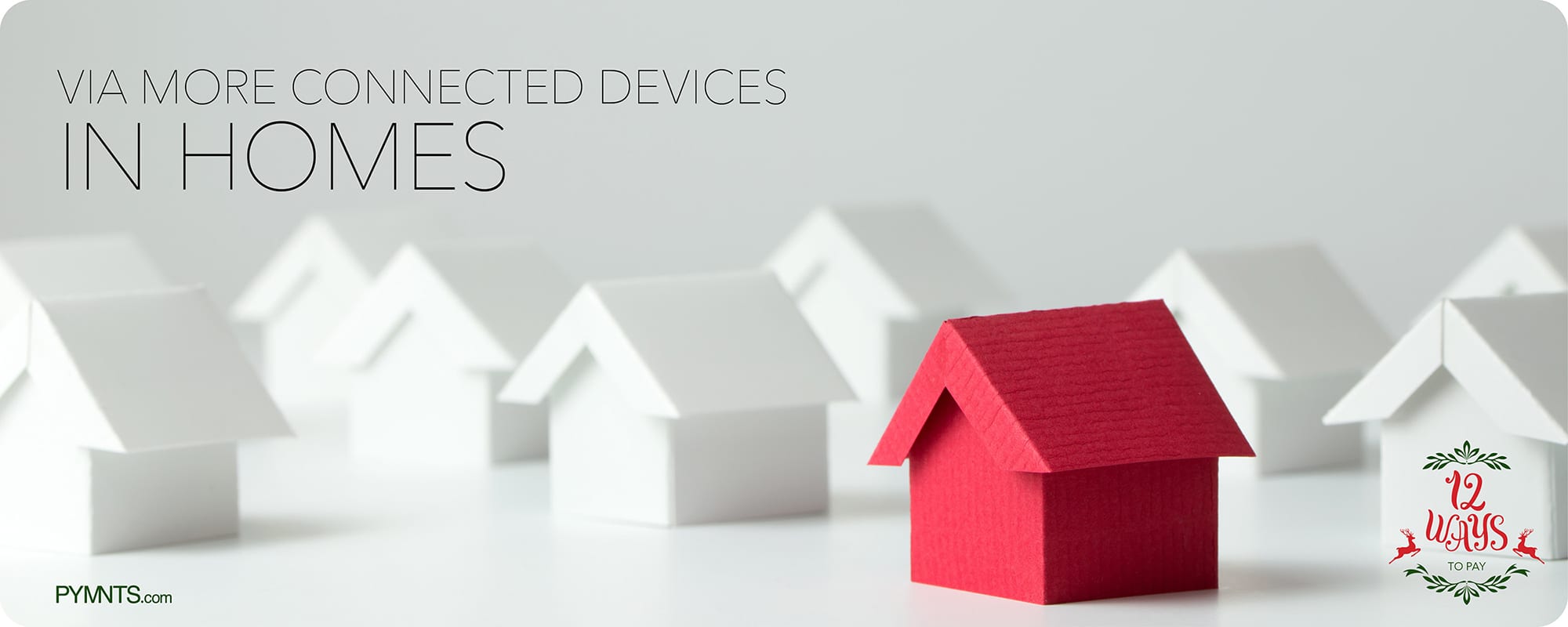 Connected devices are contextualizing commerce for consumers as they go about their daily lives. More than three-quarters of U.S. adults made a purchase while going about their day-to-day activities — commuting, cooking, cleaning, watching TV, even taking care of the kids. Connected devices make shopping an everyday part of the everyday consumer experience. Voice makes it the ultimate hands-free experience.
Connected devices are contextualizing commerce for consumers as they go about their daily lives. More than three-quarters of U.S. adults made a purchase while going about their day-to-day activities — commuting, cooking, cleaning, watching TV, even taking care of the kids. Connected devices make shopping an everyday part of the everyday consumer experience. Voice makes it the ultimate hands-free experience.
In five short years, by 2025, there will be more than 25 billion devices capable of interacting with the internet — up from 9 billion today. Everything from cars and homes to offices and appliances will be capable of enabling transactions. Appliances will troubleshoot problems before they exist, ordering parts and alerting service technicians to set up a service call before things break down. Cars won’t need consumers to bring along their mobile phones to make them smarter, connected and capable of transacting. Connected car shipments in the U.S., China and Europe are expected to nearly double in the next three years.
Indeed, to create and promote the adoption of a new royalty-free connectivity standard (to make smart home products more compatible with security as a design tenet), Amazon, Google, Apple and the Zigbee Alliance unveiled a new working group. Zigbee Alliance board member companies — like IKEA, Samsung SmartThings and Silicon Labs, among others — are also on board to join the working group and make contributions to the effort, according to the Dec. 18 announcement.
#3: P2P Rises And Could Move Into B2B
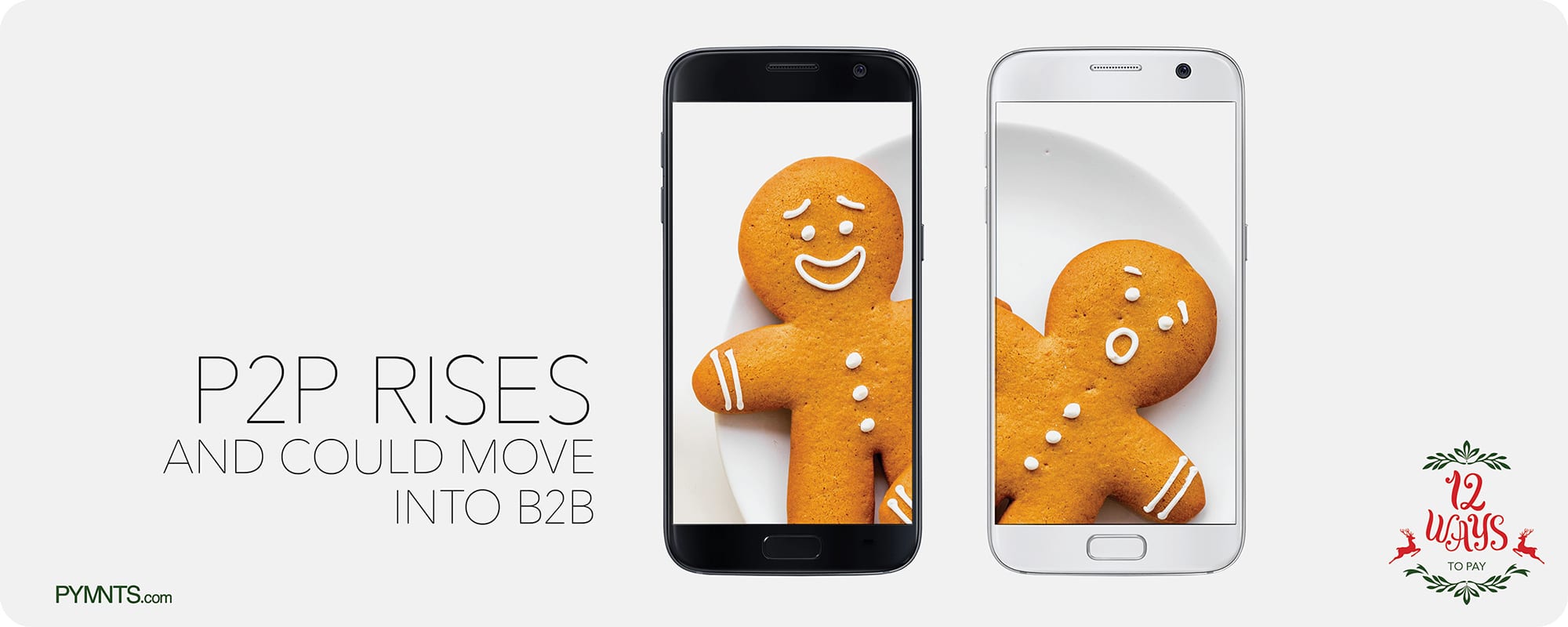 Peer-to-peer (P2P) payment services are stretching their wings, heading into the new decade with mostly robust growth — and even some new plans to gain customers and keep a tight hold on existing consumers.
Peer-to-peer (P2P) payment services are stretching their wings, heading into the new decade with mostly robust growth — and even some new plans to gain customers and keep a tight hold on existing consumers.
For starters, Zelle’s Q3 results showed that its year-over-year payment values increased by 58 percent, while transaction volumes rose by 73 percent. In addition, Early Warning Services, the network operator behind Zelle, announced that $49 billion was sent through the Zelle network via 196 million transactions during Q3 2019. More than 600 financial institutions (FIs) are currently contracted to participate on the Zelle network, including 254 that are processing transactions, and the 5,516 banks represented by their customers using the Zelle app.
Venmo also offers an example of P2P expansion. The company has an option to transfer money to the bank without a debit card for the same fee. The standard bank transfer — which is free, and takes between one and three days — is still available.
P2P is developing in a way that could lead to more (and regular) use among older consumer segments. PYMNTS research recently dug into that topic. Indeed, FIs looking to cater to older demographics may find the time is ripe to bring P2P to Generation X (those aged 43 to 54) and baby boomer (aged 55 to 73) consumers, critical bases for many banks.
In addition, it’s a well-known fact that corporate payments (the B2B kind) are ripe for digitization, and for a wholesale move away from the paper chase — where checks are still stubbornly tied to 50 percent of corporate transactions. Consumer expectations have evolved, though, as evidenced by the uptake of P2P payment services, such as Zelle and Venmo. Banks that roll out the same type of account-to-account functionality to their corporate clients will have a clear competitive advantage in the corporate realm.
#4: An Increasing Number Of Devices
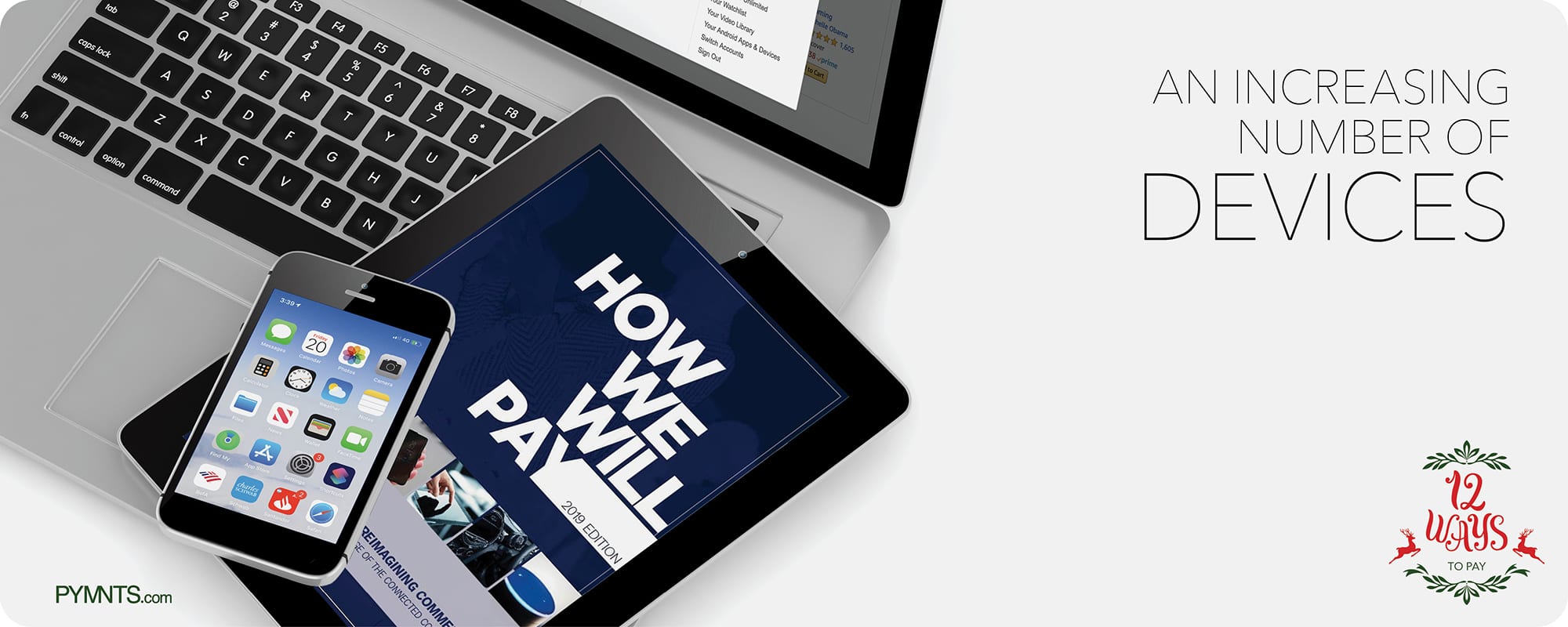 The How We Will Pay study found that bridge millennials — a highly educated consumer segment that tends to earn relatively high incomes — own an average of six connected devices. That is a strong indication of how consumers are employing multiple devices for payments and commerce.
The How We Will Pay study found that bridge millennials — a highly educated consumer segment that tends to earn relatively high incomes — own an average of six connected devices. That is a strong indication of how consumers are employing multiple devices for payments and commerce.
Even so, consumers tend to lose interest in apps and devices that don’t deliver value, particularly devices that don’t connect consumers to an ecosystem of value-added apps and activities, as well as apps that don’t save them time, money and friction. For example, ownership of activity trackers, eReaders and game consoles are all down.
#5: Contactless More Often In The US
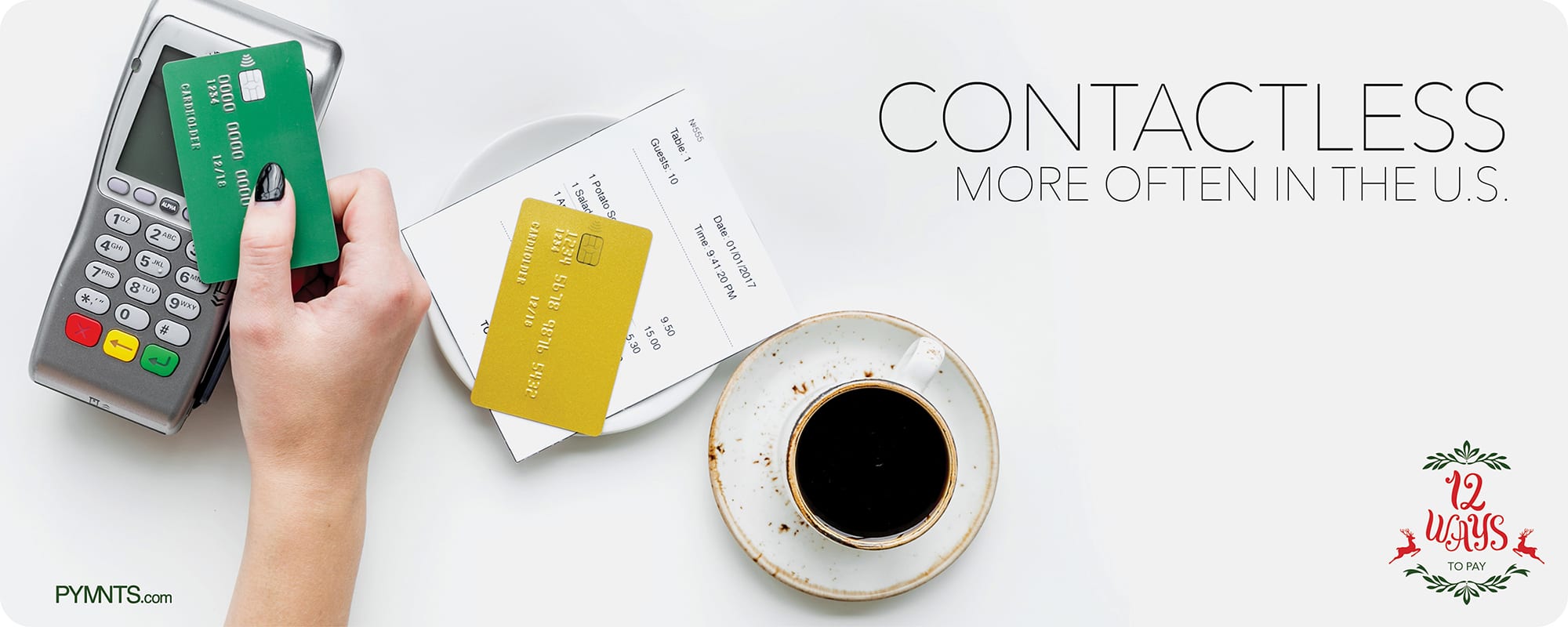 Contactless payments are finally on the upswing in the U.S., though more work is certainly needed. Discover announced that it will start issuing contactless cards over the next several months. Mastercard is running two transportation-friendly holiday season options for cardholders using tap-and-go payments in New York City. As of its last earnings call, Visa announced that eight out of 10 of its largest issuers would be putting contactless cards into the hands of customers. As of late-October, Visa also announced that it currently has 100 partners enrolled in its global transit partner program.
Contactless payments are finally on the upswing in the U.S., though more work is certainly needed. Discover announced that it will start issuing contactless cards over the next several months. Mastercard is running two transportation-friendly holiday season options for cardholders using tap-and-go payments in New York City. As of its last earnings call, Visa announced that eight out of 10 of its largest issuers would be putting contactless cards into the hands of customers. As of late-October, Visa also announced that it currently has 100 partners enrolled in its global transit partner program.
In Europe, contactless card-based payments have come to dominate face-to-face payments. Now, more U.S. consumers are getting into the contactless game.
#6: During Commutes
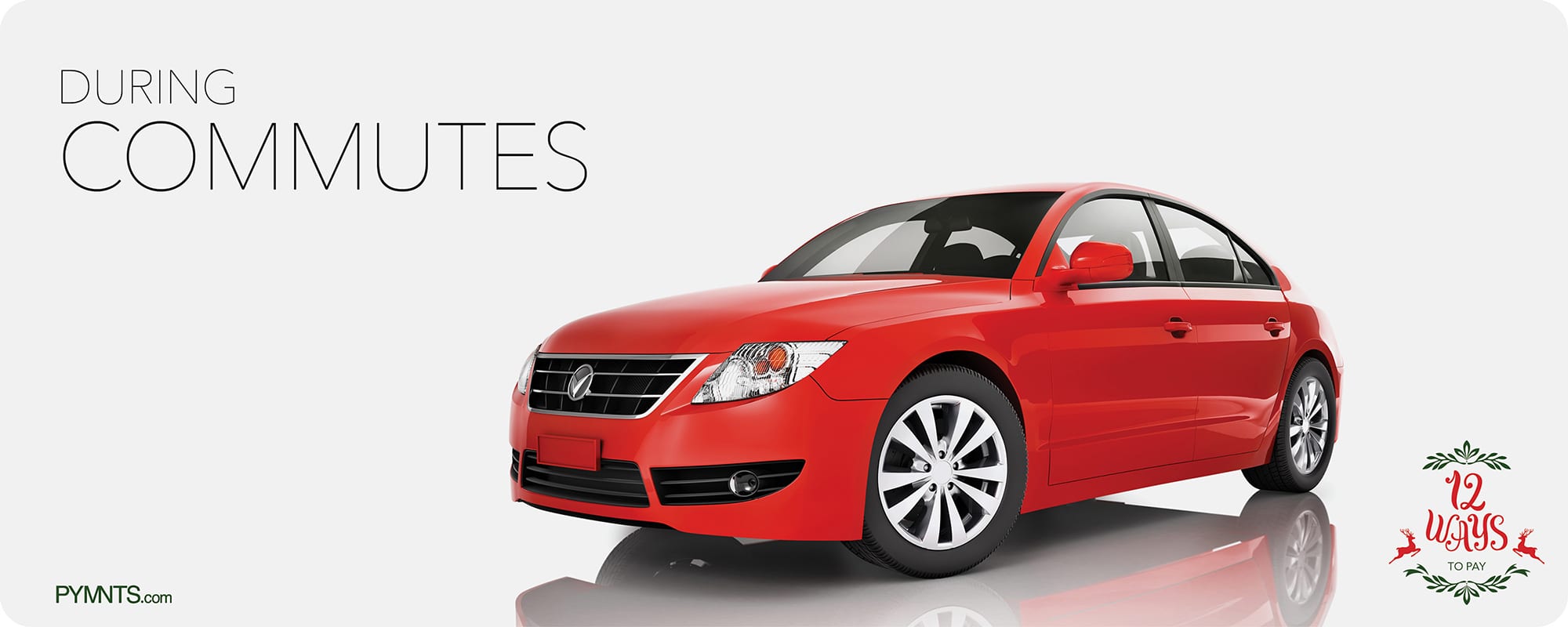 The connected vehicle ecosystem is growing — slowly in parts, but cars and trucks are certainly getting more capable at payments and commerce. One can bet that the ongoing deployment of new 5G mobile network technology will drive things further. The stakes of all this are high, though it is difficult to get a precise measurement.
The connected vehicle ecosystem is growing — slowly in parts, but cars and trucks are certainly getting more capable at payments and commerce. One can bet that the ongoing deployment of new 5G mobile network technology will drive things further. The stakes of all this are high, though it is difficult to get a precise measurement.
However, PYMNTS research has done the heavy lifting of estimating the value of the connected-car ecosystem. The average American has a 51-minute, round-trip commute five days a week, the research found. That’s a lot of time to kill. Yet, those consumers are finding ways to connect, and they already power some $230 billion worth of commerce. The more efficient those connections (the less friction those in-vehicle transactions have), the more commuters are likely to spend.
#7: During Daily Routines
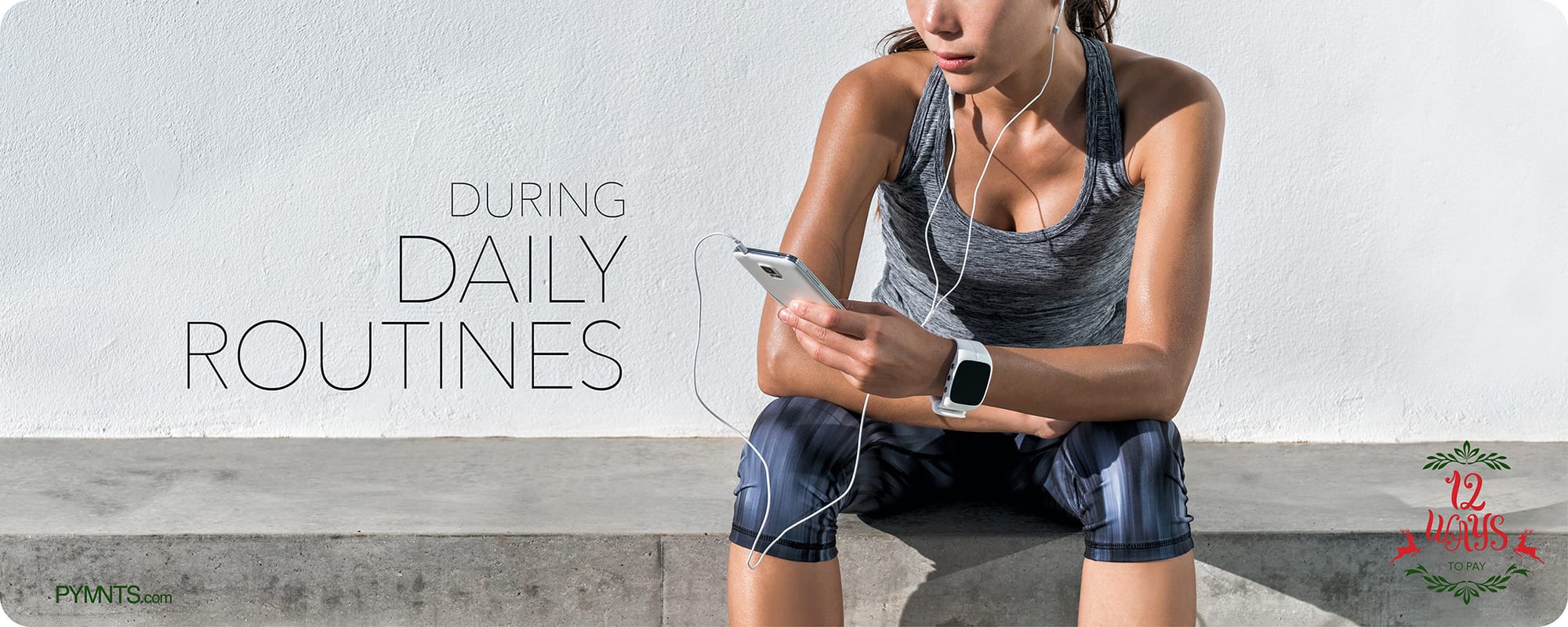 No one likes to do chores, but we are all capable of multitasking. With the rise of voice-assisted retail and the smart home concept, along with the ubiquity of mobile payments and commerce, consumers are shopping, buying and paying more often while also doing chores and other daily routines.
No one likes to do chores, but we are all capable of multitasking. With the rise of voice-assisted retail and the smart home concept, along with the ubiquity of mobile payments and commerce, consumers are shopping, buying and paying more often while also doing chores and other daily routines.
As the How We Will Pay study documented, super-connected consumers own at least six connected devices, while the average super-connected consumer owns as many as 7.7 devices. Their average age is 42 years old, 40 percent have a college degree and 51 percent earn an annual salary of more than $100,000. What’s more, 58 percent of super-connected consumers use their connected devices to make purchases.
The average super-connected consumer, on the other hand, engages in 12.5 activities each day, and makes purchases during 4.8 of these activities. This means 39 percent of their day-to-day activities involve making a purchase.
#8: Facial Recognition
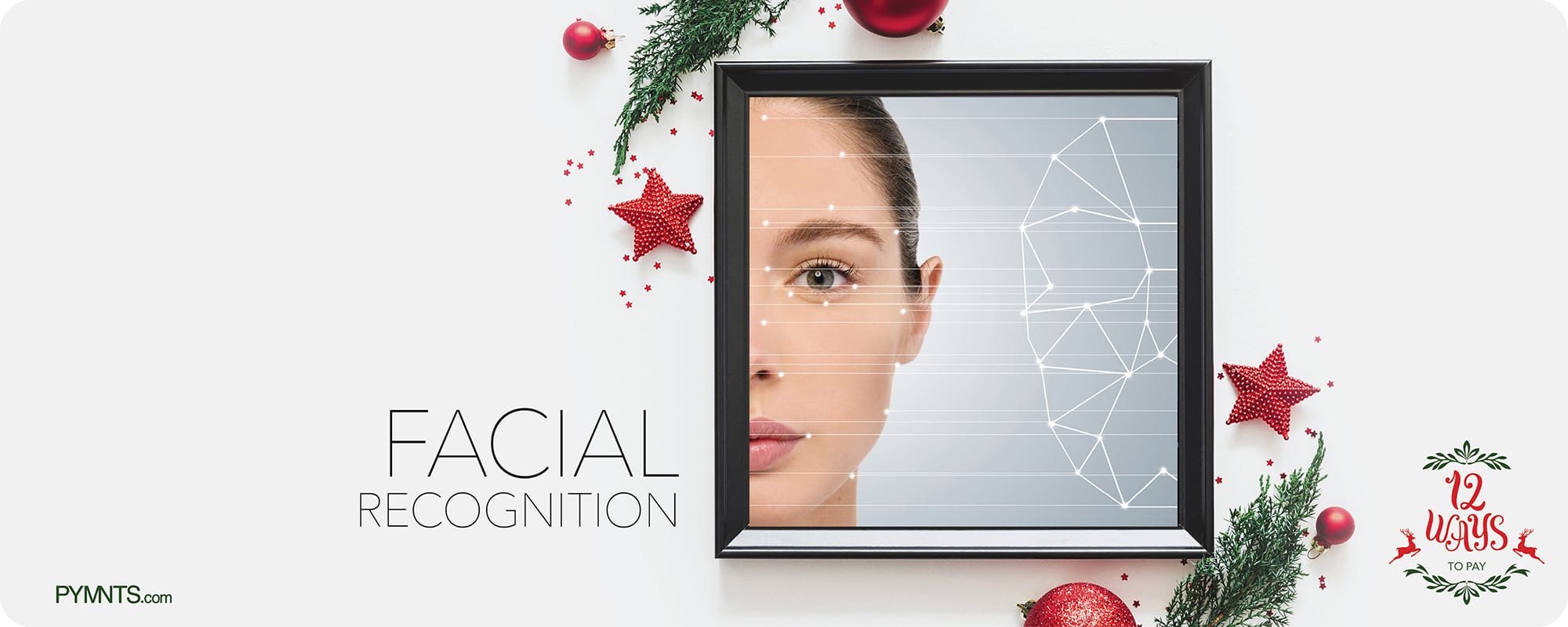 It’s not just about fingerprints or voice when it comes to biometric-enabled payments and commerce. Faces are taking a more prominent place (and voices are also on the rise).
It’s not just about fingerprints or voice when it comes to biometric-enabled payments and commerce. Faces are taking a more prominent place (and voices are also on the rise).
Self-service kiosks have been gaining popularity, and cutting-edge technologies like biometrics are starting to be integrated, especially in the world of quick-service restaurants. According to a new study from the National Restaurant Association and Technomic, 22 percent of consumers used kiosks to order last year. Examples include CaliBurger and Dallas-based Malibu Poke, both of which have been utilizing facial-recognition ordering technology. Jon Alexis, owner of Malibu Poke, said the biometric system has effectively retained customers, and helped them quickly reorder their favorite meals.
Users who approach the self-service kiosks can place new orders or repeat orders either by facial scan or by personally identifiable information (PII), like a phone number or credit card. Users ordering with the kiosks for the first time are prompted to receive a facial scan to remember their orders for future purchase.
#9: With Help From Artificial Intelligence
 Artificial intelligence (AI) is helping to make payments not only more efficient, but much safer — a trend that will take on more intensity in the 2020s. However, as PYMNTS research has documented, there is an “AI gap” in banking, though robust interest in using the technology.
Artificial intelligence (AI) is helping to make payments not only more efficient, but much safer — a trend that will take on more intensity in the 2020s. However, as PYMNTS research has documented, there is an “AI gap” in banking, though robust interest in using the technology.
Take Priceline as one recent example. Travel booking websites like Priceline are a honeypot for hackers who hope to execute their schemes amid the thousands of normal booking transactions that occur every day. The core of Priceline’s fraud-fighting solution is a sophisticated AI system that identifies risky transactions, and flags them for further analysis. The system tracks a number of variables to determine if any given customer is suspiciously interacting with its website.
#10: Via Faster Payments
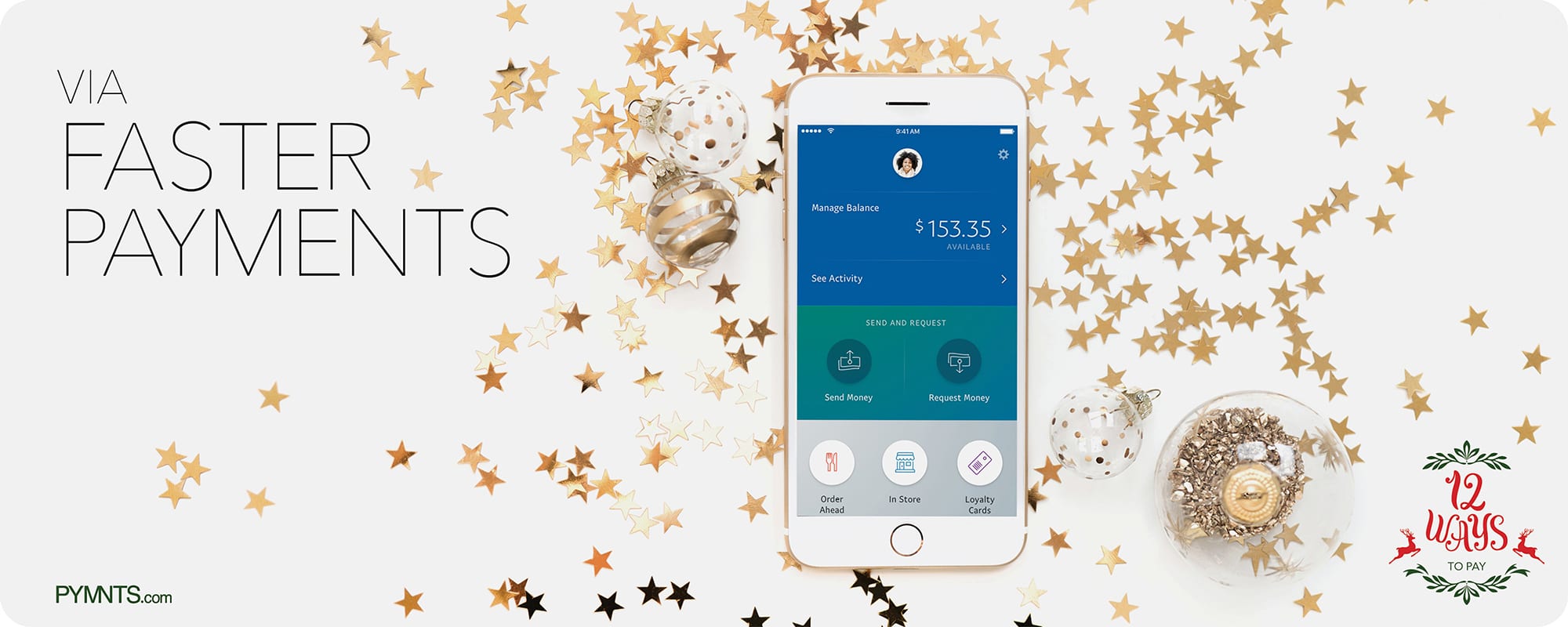 Real-time payments — it’s a common phrase in 2019 that will become even more common in 2020. Take the U.S. as one example of where and how progress is being made.
Real-time payments — it’s a common phrase in 2019 that will become even more common in 2020. Take the U.S. as one example of where and how progress is being made.
Though the U.S. continues to take significant steps toward a faster payments ecosystem, the market undoubtedly lags behind others across the world in the path toward real-time payments ubiquity. There is a variety of reasons why this is the case, which stem beyond one of the most common explanations: The U.S., unlike markets such as the U.K. and Europe, lacks the same government push for change and, in some cases, mandatory changes.
That said, real-time payments solution providers stand to gain from an evolution-not-revolution approach to adoption, and from taking advantage of organizations’ ongoing digital transformations. Digitization and migration to the cloud are happening anyway, so finding how real-time payments infrastructure can fit seamlessly into those modernization roadmaps will be key to success.
#11: Increasingly Without Cash — Most Of The Time
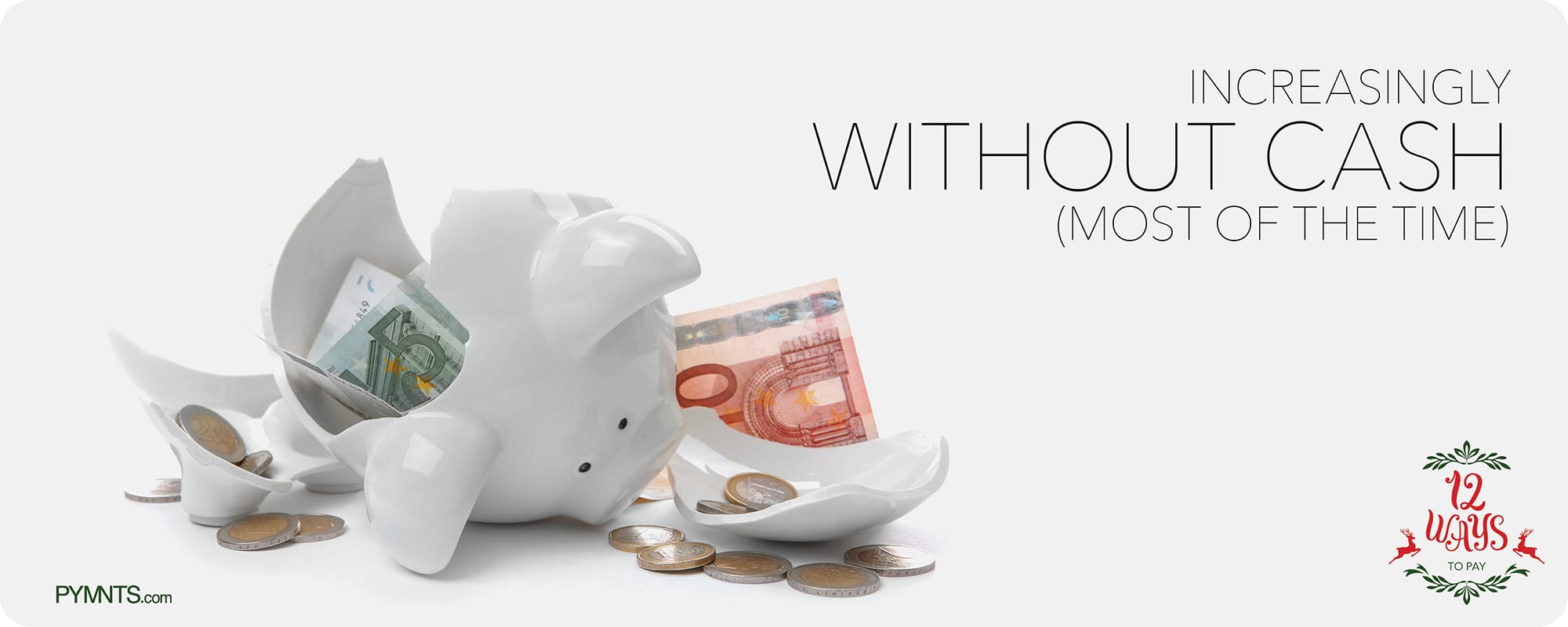 We won’t insult your intelligence — cash is not dead, and will likely never die. However, cash is finding it harder to operate in this increasing digital and mobile world.
We won’t insult your intelligence — cash is not dead, and will likely never die. However, cash is finding it harder to operate in this increasing digital and mobile world.
The rise of such tech as kiosks, biometrics and P2P — to say nothing of the dominance of plastic cards, and relatively seamless services like Uber — is pushing cash further into its corner. Yet, not all consumers have bank accounts, and not all states and municipalities are comfortable with restaurants that prohibit cash — one reason those politicians are trying to make such stores illegal.
Cash still has its place, though. That includes B2B transactions — slow to make the shift to digital, in many cases, even for graduation gifts. When it comes to graduation gift-giving, it’s all about the Benjamins — well, if the grad is lucky, anyway. Plenty of Grants, Jacksons, Lincolns and a few Washingtons are generally in the mix. About 55 percent of gift-givers report handing over cash, and about 43 percent put it in a greeting card first.
#12: Via Deeper Payments And Commerce Experiences
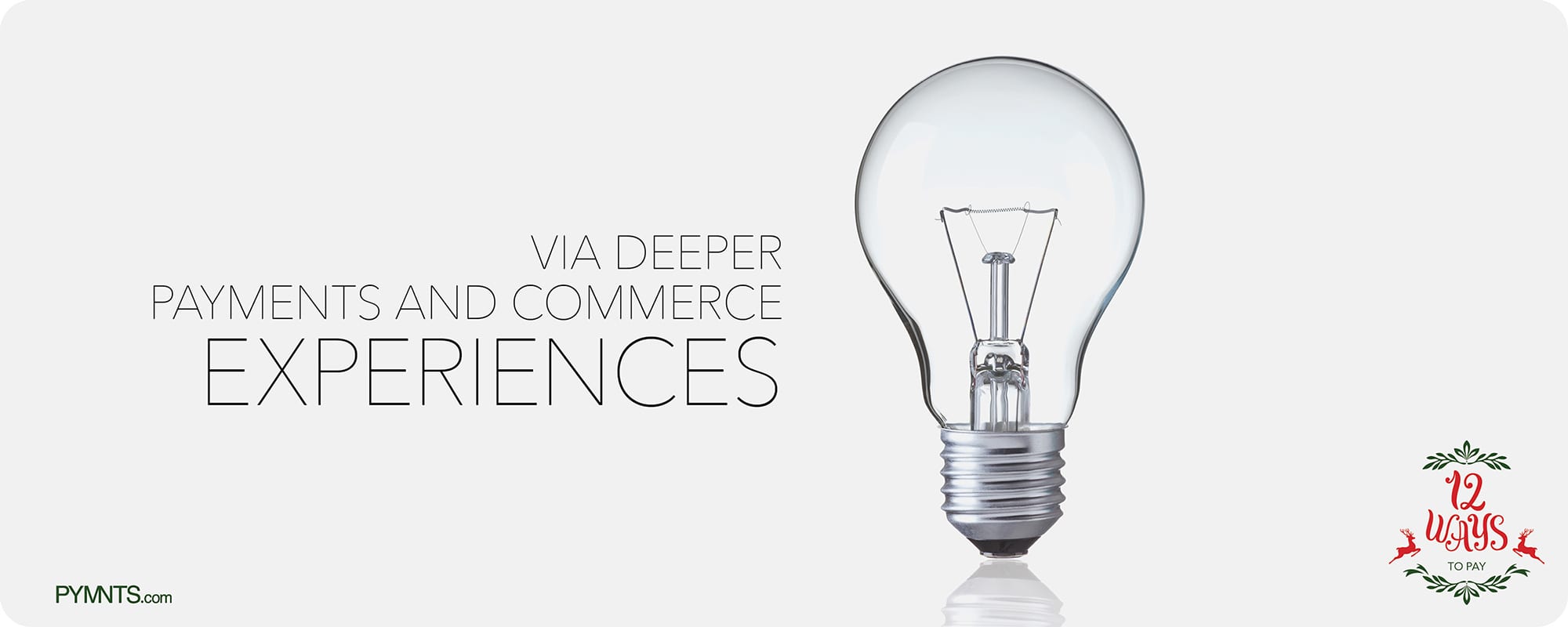 Get ready to be bombarded in the coming years about the importance of providing deeper payment experiences to consumers — a reflection of the drive to provide deeper consumer shopping experiences. As PYMNTS research has documented, business-to-consumer (B2C) firms rely on attaining high volumes of low-value transactions, and need tools to help them quickly onboard new customers and retain existing ones. Subscriber sign-up and churn are, thus, important challenges to tackle, both for established subscription companies and retailers looking to enter the subscription space or increase their share of subscribers. That encourages these B2C companies to provide better payment experiences.
Get ready to be bombarded in the coming years about the importance of providing deeper payment experiences to consumers — a reflection of the drive to provide deeper consumer shopping experiences. As PYMNTS research has documented, business-to-consumer (B2C) firms rely on attaining high volumes of low-value transactions, and need tools to help them quickly onboard new customers and retain existing ones. Subscriber sign-up and churn are, thus, important challenges to tackle, both for established subscription companies and retailers looking to enter the subscription space or increase their share of subscribers. That encourages these B2C companies to provide better payment experiences.
After all, a 2019 study reported that B2B and B2C customers who found that the onboarding experience for software products was positive or very positive were 12 percent to 21 percent more willing to pay for those products than the median customer. Meanwhile, those who said that the experience was negative or very negative were 3 percent to 9 percent less likely to purchase.
